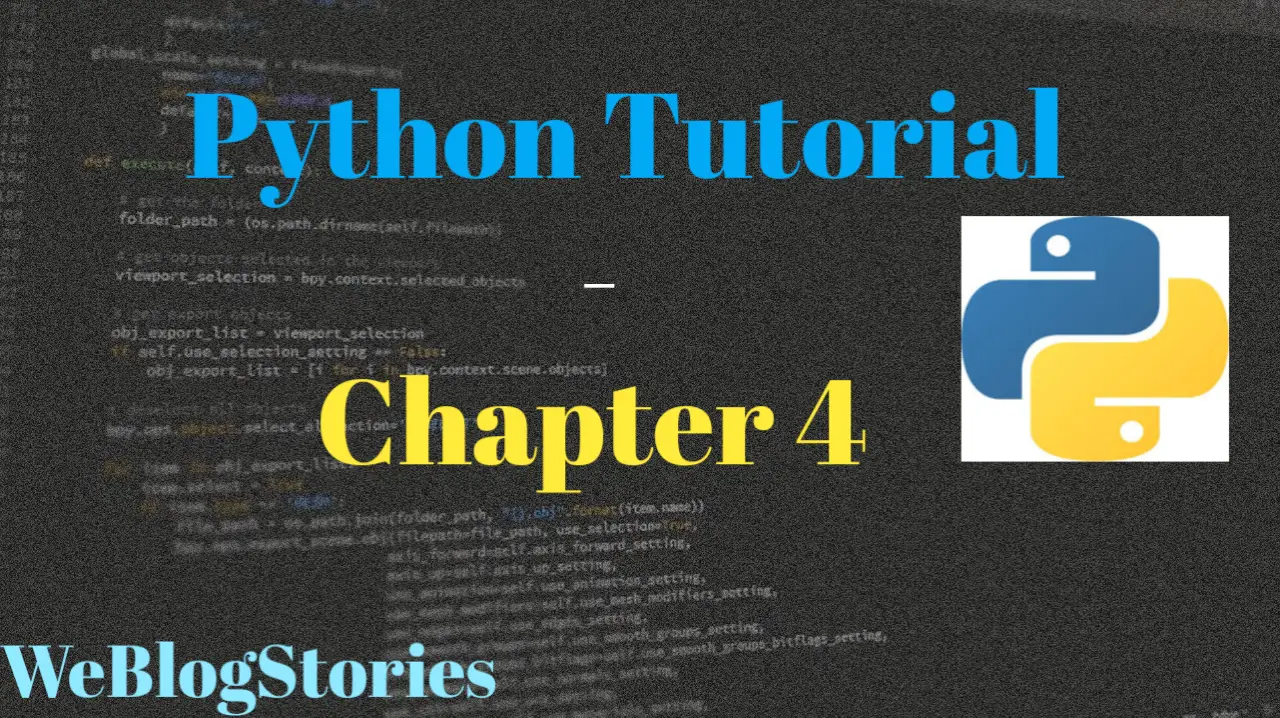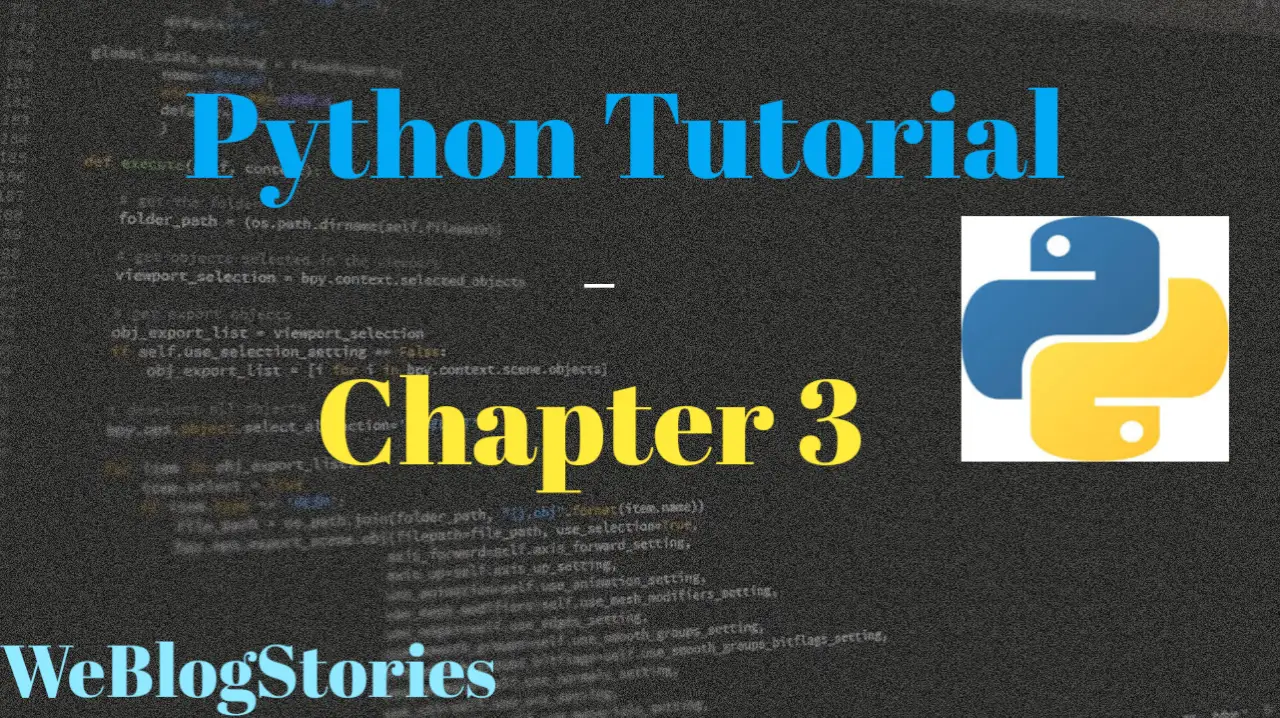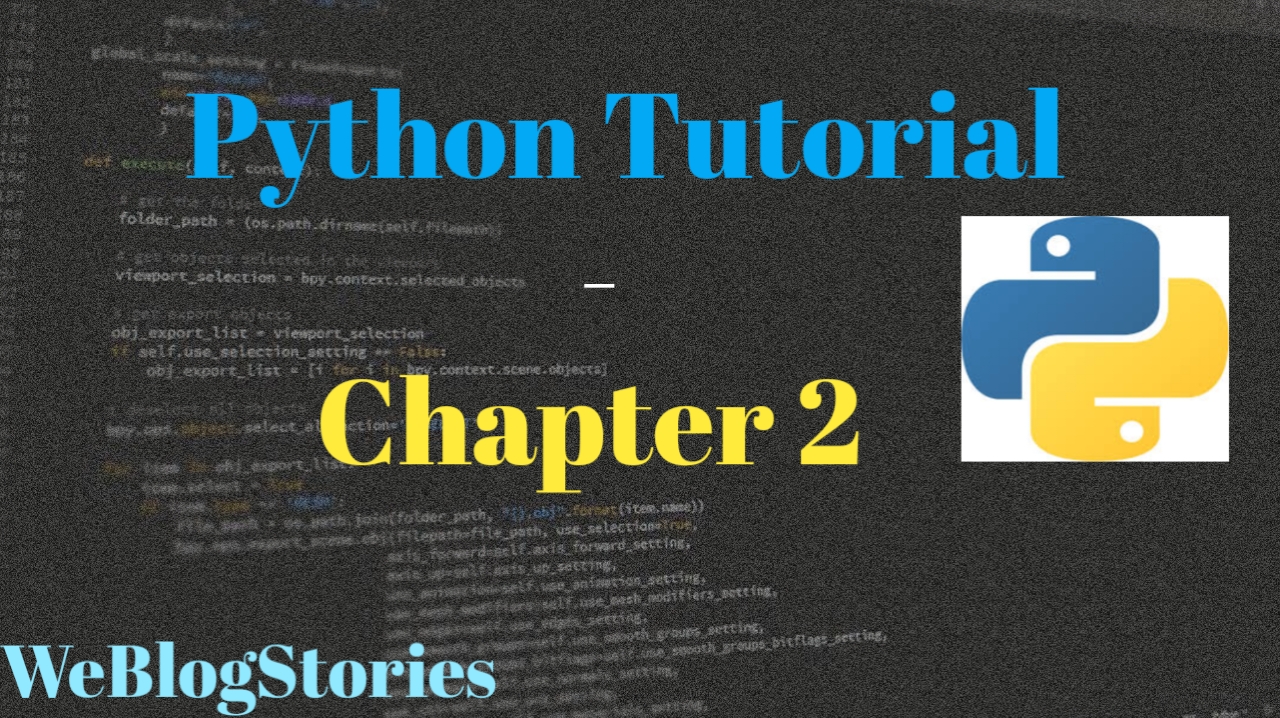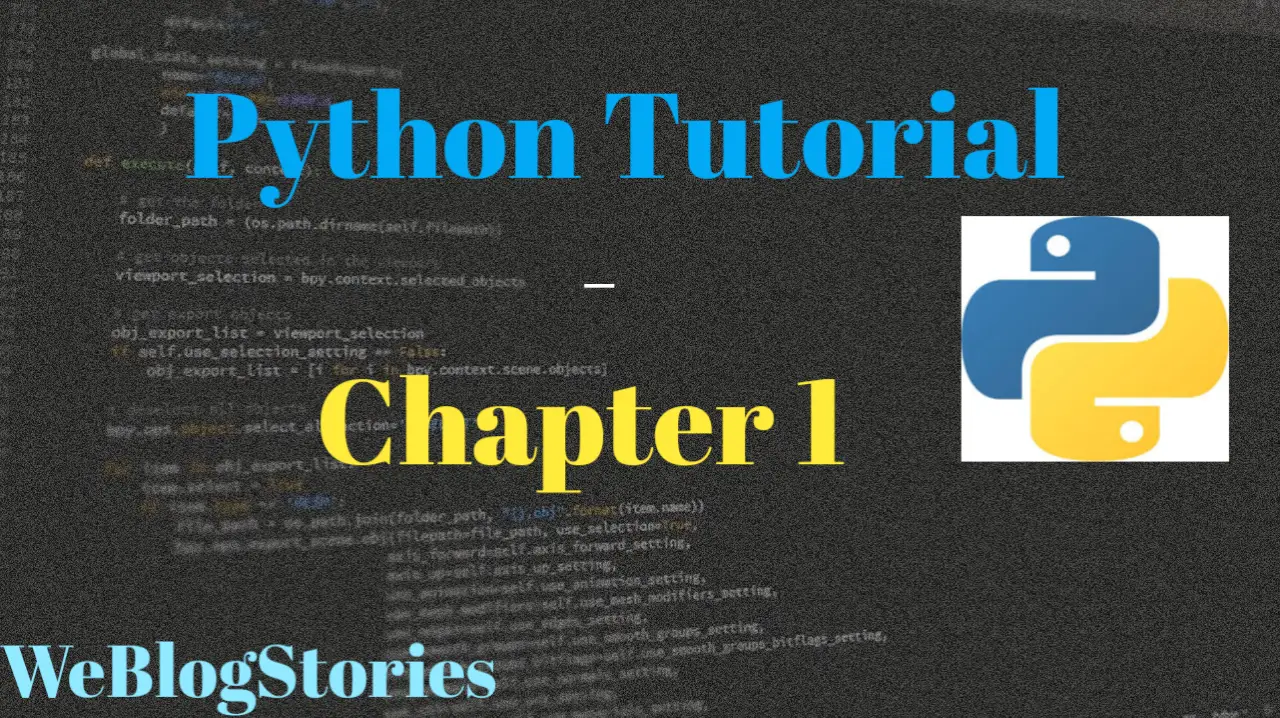Python Tutorials — Chapter 4 — Basic Operators
In chapter 4 of Python Tutorial, we will learn about Basic Operators An operator is a symbol that performs a certain operation on two operands. Python, like any other programming languages, contains some operators, as listed below. Arithmetic Operators In Python, there are many arithmetic operators such as + (addition), – (subtraction), * (multiplication), /




